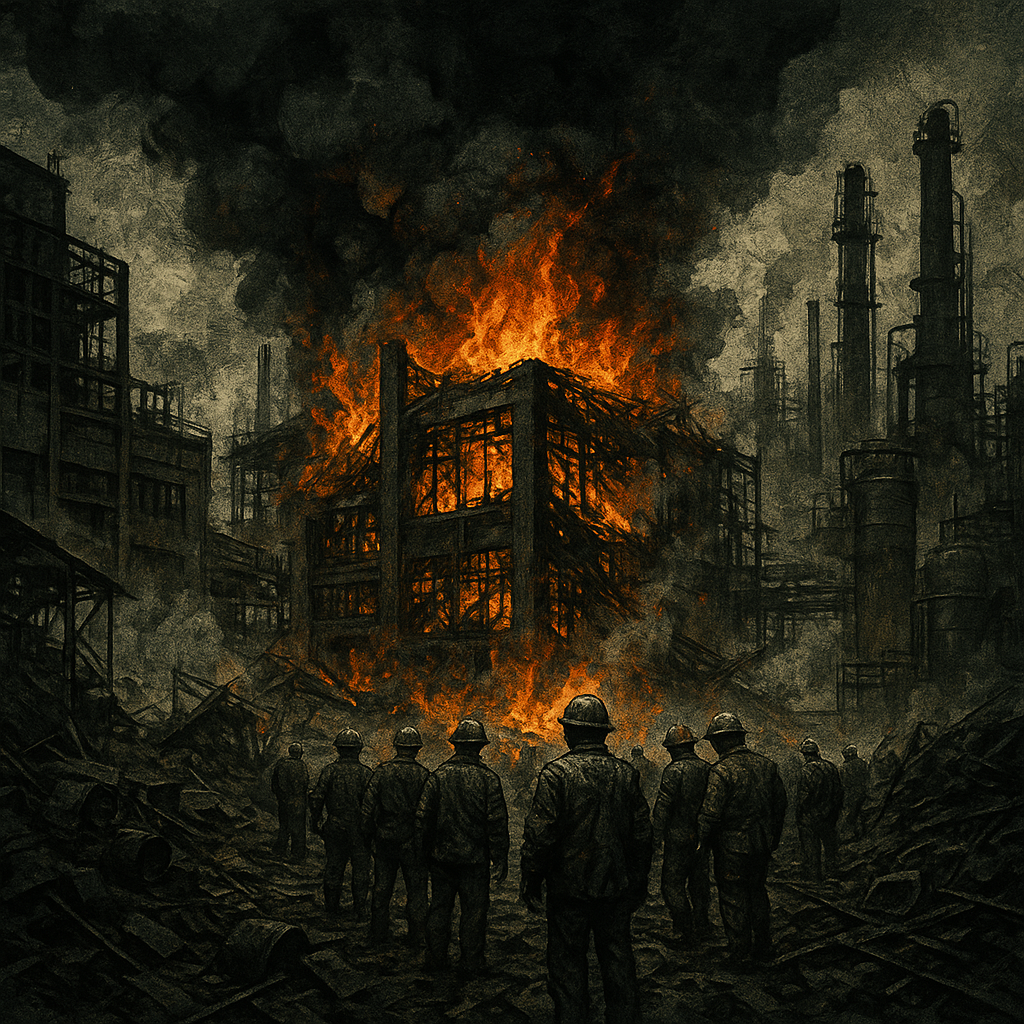The Human Cost of Industrial Accidents: A Wake-Up Call for Change
Industrial accidents are a harsh reality that can have devastating consequences for workers, families, and communities. From chemical plant explosions to factory fires, these incidents can be catastrophic and deadly. In this post, we’ll explore some of the most significant industrial accidents in recent history, examine the causes and consequences, and discuss ways to prevent such tragedies from happening in the future.

The Bhopal Disaster: A Tragic Reminder of Industrial Negligence
On December 3, 1984, a gas leak at a Union Carbide pesticide plant in Bhopal, India, released toxic chemicals into the air, killing an estimated 3,787 people immediately. The total death toll is estimated to be around 15,000 to 22,000 people, with many more suffering from long-term health effects.
- Causes: The disaster was attributed to a combination of human error, design flaws, and inadequate safety measures.
- Consequences: The incident led to widespread outrage, lawsuits, and calls for stricter regulations on industrial safety.
The Rana Plaza Collapse: A Preventable Tragedy
On April 24, 2013, the Rana Plaza building in Dhaka, Bangladesh, collapsed, killing over 1,100 garment workers. The tragedy highlighted the poor working conditions and lax safety standards in the textile industry.
- Causes: The collapse was attributed to structural weaknesses, inadequate building codes, and pressure from factory owners to keep production going.
- Consequences: The incident led to international outcry, boycotts, and efforts to improve working conditions and safety standards in the industry.
The Texas City Refinery Explosion: A Lesson in Safety
On March 23, 2005, an explosion at the BP Texas City refinery killed 15 workers and injured over 180 others. The incident was one of the deadliest industrial accidents in recent U.S. history. Causes: The explosion was attributed to a combination of equipment failure, human error, and inadequate safety procedures. Consequences: The incident led to a massive fine for BP and a renewed focus on process safety and risk management.
Preventing Industrial Accidents: A Shared Responsibility
Industrial accidents are often preventable, and it’s up to all stakeholders – including industry leaders, regulators, and workers – to ensure that safety protocols are in place and followed.
- Regular Maintenance: Regular maintenance and inspections can help identify potential hazards and prevent equipment failures.
- Safety Training: Providing workers with comprehensive safety training can help prevent human error and ensure that they know how to respond in emergency situations.
- Strong Regulations: Strong regulations and enforcement can help ensure that industries prioritize safety and adhere to best practices.
What Do You Think?
Industrial accidents are a serious concern that affects us all. We want to hear from you:
- What do you think are the most significant challenges in preventing industrial accidents?
- How can industries balance productivity and safety?
- What role should governments and regulators play in ensuring industrial safety? Share your thoughts in the comments below!
Sources:
- National Institute for Occupational Safety and Health (NIOSH)
- Occupational Safety and Health Administration (OSHA)
- International Labour Organization (ILO)
Stay Safe, Stay Informed
Stay up-to-date with the latest news and developments on industrial safety and accidents. Follow us for more thought-provoking articles and discussions on critical issues that matter.